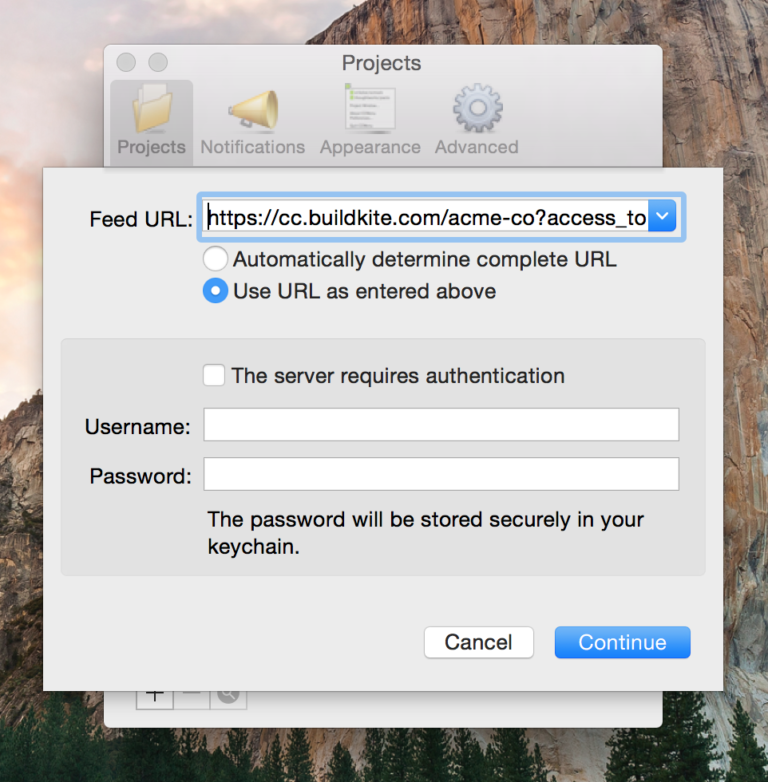
- Configure ccmenu with circleci how to#
- Configure ccmenu with circleci install#
- Configure ccmenu with circleci software#
This was meant to be the finishing character of the process, but at the end became more of a blocker or a bug in developer terms. You may have noticed that the coveralls/upload line is commented out. This script sends our coverage report to coveralls. That’s why we’re calling that command here.Īnd last, the code runs the Coveralls script we added in package.json. Unit tests also provide code coverage so we’ll those included in the coverage report. Remember when we added the nyc command to the test:unit script in our package.json file? Thanks to that, unit tests now provide code coverage. This is where the Coveralls magic happens because it’s where we are actually running our unit tests. Uploading our code coverage to coveralls - run: # run tests
Configure ccmenu with circleci install#
Note that caching dependencies make subsequent builds faster because we store the dependencies hence removing the need to install those dependencies during the next build. Then we’re telling CircleCI to run the tests we wrote for the project and check the test coverage of the project. In this section of the code, we restore the dependencies that were installed during the previous builds through the restore_cache job.Īfter that, we install the uncached dependencies, then save them so they don’t need to be re-installed during the next build. If we are trying to check the coverage while running unit tests, we would need to edit the test script: "scripts": Ī job is a collection of steps. Next, we need to edit the scripts in package.json to check the test coverage. Let’s set things upįirst, let’s install NYC in the project folder: npm i nyc

A program with high coverage means a majority of the code is put through testing.
Configure ccmenu with circleci software#
Test Coverage: This is a measure used to describe the degree to which software is tested.Continuous deployment: This is the practice of keeping software deployable to production at all times.Continuous integration: This is a practice where developers commit code early and often, putting the code through various test and build processes prior to merge or deployment.Here’s a bit of terminology before we jump right in: For example, Vue can be swapped with a different JavaScript framework and the basic principles are still relevant. Even if that exact cocktail of tooling isn’t your cup of tea, the concepts we cover will still be helpful for whatever is included in your setup.
Configure ccmenu with circleci how to#
In this article, let’s go through how to check test coverage, set up a CI/CD process that uses CircleCI and Coveralls, and deploys a Vue application to Heroku.


But when there is a CI/CD process set up with well-written tests, those errors are a lot easier to find and fix.

Every project is prone to error, regardless of the size. Continuous Integration (CI) and Continuous Deployment (CD) are crucial development practices, especially for teams.


 0 kommentar(er)
0 kommentar(er)
